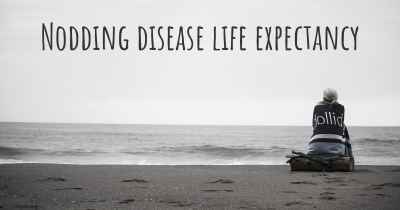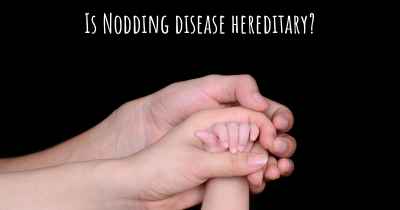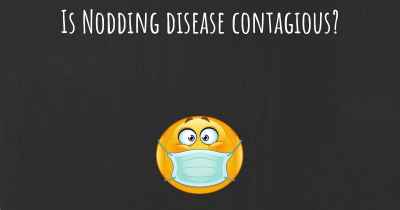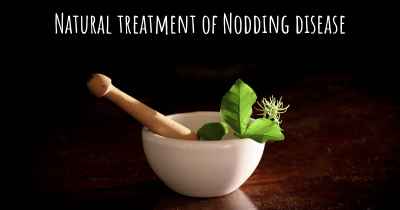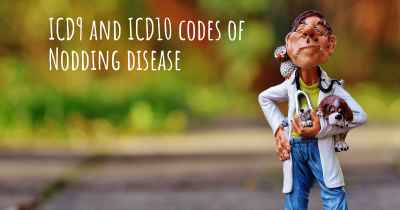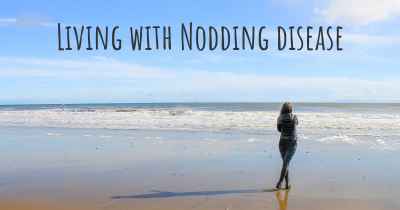What is the history of Nodding disease?
When was Nodding disease discovered? What is the story of this discovery? Was it coincidence or not?
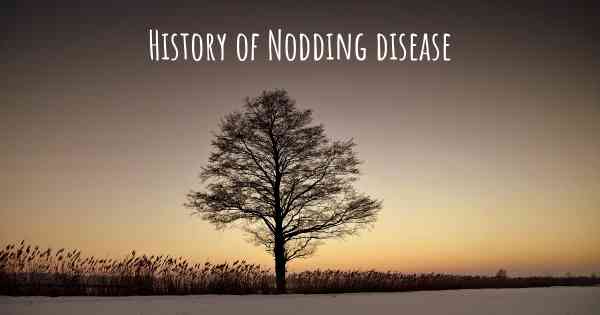
Nodding disease is a neurological disorder that primarily affects children in specific regions of East Africa, particularly South Sudan, Uganda, and Tanzania. It is characterized by repetitive nodding movements, cognitive impairments, seizures, and stunted growth. The disease first gained attention in the early 2000s, and its exact cause and origins remain a subject of ongoing research and debate.
The first documented cases of nodding disease were reported in the early 1960s in Tanzania, but the condition was not widely recognized until the late 1990s when it started to emerge in northern Uganda. The affected areas were already facing significant challenges, including civil unrest, poverty, and limited access to healthcare, which further complicated efforts to understand and address the disease.
The symptoms of nodding disease typically manifest in children between the ages of 5 and 15. The most distinctive symptom is the repetitive nodding of the head, which occurs during or after meals or when the child is cold. These episodes can last for several minutes and may be accompanied by other seizure-like activities such as staring spells, loss of consciousness, or muscle weakness.
Over time, the disease can lead to cognitive decline, affecting memory, attention, and overall cognitive function. Many children with nodding disease experience stunted growth and malnutrition due to difficulties in eating and swallowing. The combination of physical and cognitive impairments often results in significant disability and dependence on caregivers.
The cause of nodding disease is still not definitively known, but several theories have been proposed. One hypothesis suggests that the disease is linked to an autoimmune response triggered by an infection, possibly by the parasitic worm Onchocerca volvulus, which causes river blindness. Another theory suggests that exposure to toxins, such as those produced by fungi found in spoiled food, may play a role.
Research efforts have focused on investigating these hypotheses and exploring potential risk factors. Studies have found a correlation between nodding disease and living in close proximity to rivers, where the blackfly that transmits Onchocerca volvulus is prevalent. Additionally, malnutrition and a lack of vitamin B6 have been identified as potential risk factors.
The impact of nodding disease on affected communities has been devastating. The disease primarily affects children, robbing them of their physical and cognitive abilities during critical stages of development. Families and communities struggle to provide care and support for affected children, often facing social stigma and isolation.
Efforts to address nodding disease have been challenging due to the complex nature of the disease and the underlying socio-economic factors in the affected regions. International organizations, governments, and non-profit groups have collaborated to raise awareness, provide medical support, and conduct research to better understand and combat the disease.
Ongoing research aims to unravel the mysteries surrounding nodding disease. Scientists are investigating potential genetic factors, environmental triggers, and the role of infections and immune responses. The hope is that a better understanding of the disease will lead to improved prevention strategies, diagnostic tools, and treatment options.
In conclusion, nodding disease is a debilitating neurological disorder primarily affecting children in East Africa. Its history dates back to the 1960s, but it gained significant attention in the late 1990s. The cause of the disease is still uncertain, with theories ranging from autoimmune responses to infections and toxins. Nodding disease has had a profound impact on affected communities, and efforts are underway to raise awareness, provide support, and advance research to combat this devastating condition.
